A pair of researchers with Harvard University has uncovered one of the secrets behind pigeons’ impressive flight abilities.
In their paper published in Proceedings of the National Academy of Sciences, David Williams and Andrew Biewener describe how they videotaped some of the birds flying through an obstacle course they made, and what they found when they examined the footage.
City dwellers know that pigeons are some of the best flyers around, unlike robins and other birds, pigeons rarely collide with cars, buildings, trees or any other obstacle.
That skill has not gone unnoticed—scientists and engineers have been working for years to duplicate their abilities.
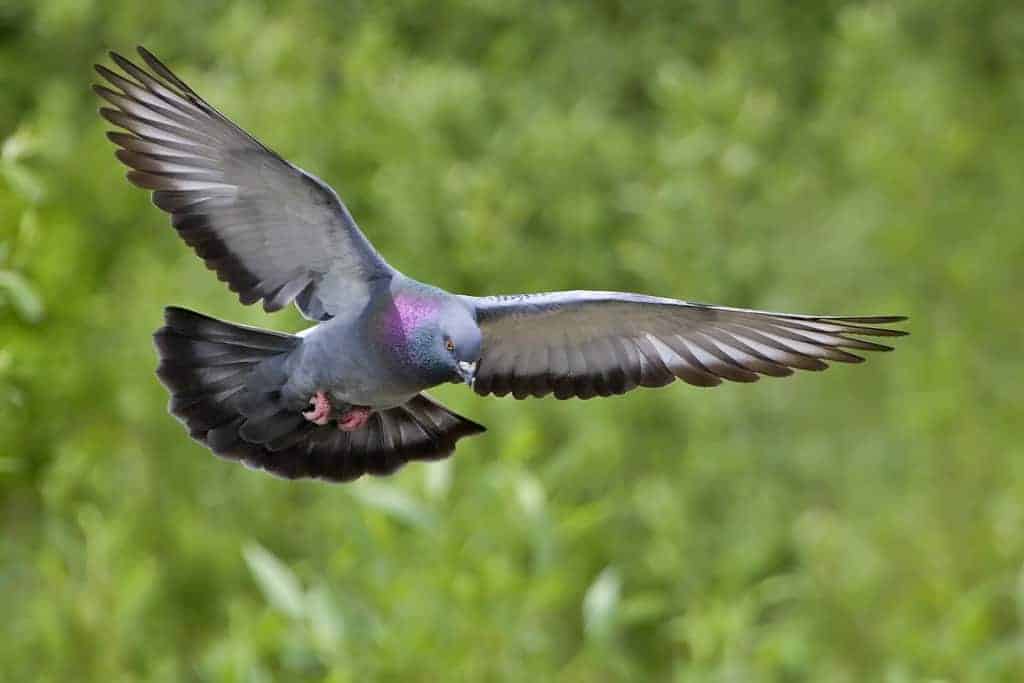
In this new effort, Williams and Biewener taught some of their tamed specimens to fly through a corridor to get to a meal, then introduced obstacles and high speed cameras to find out how it is that the birds are so good at avoiding objects in their path.
The obstacles were plastic pipes, placed vertically some distance apart from one another. To pass between the pipes, the birds had to scrunch themselves a bit, but how they did so, the researchers found, depended on how far apart the pipes were.
They noted that when the pipes were at least a half a wing length apart, the birds lifted their wings as if to flap as they approached the obstacle, but then held them steady, above their heads as they passed between the pipes, then flapped down as soon as they were through—a technique that led to very little loss of altitude, which meant it was quite efficient.
But if the pipes were moved closer together, they pulled their wings into their body, a less efficient approach, but one much less likely to result in wing damage. To make sure the first approach was not merely coincident based on where the wings were when the birds arrived at the obstacle, the researchers filmed them multiple times, finding the same result each time.
Because the birds used two different techniques for allowing them safe passage through the pipe obstacles, based on what they observed as they approached, the researchers believe that choosing which technique to use was a deliberate act, which meant the birds somehow made a choice of which technique to use, just before they passed through—very impressive, especially when noting that birds, except for some such as crows or magpies, are not generally known for their smarts.
More information: Pigeons trade efficiency for stability in response to level of challenge during confined flight, C. David Williams, PNAS, DOI: 10.1073/pnas.1407298112
Abstract
Individuals traversing challenging obstacles are faced with a decision: they can adopt traversal strategies that minimally disrupt their normal locomotion patterns or they can adopt strategies that substantially alter their gait, conferring new advantages and disadvantages. We flew pigeons (Columba livia) through an array of vertical obstacles in a flight arena, presenting them with this choice. The pigeons selected either a strategy involving only a slight pause in the normal wing beat cycle, or a wings-folded posture granting reduced efficiency but greater stability should a misjudgment lead to collision. The more stable but less efficient flight strategy was not used to traverse easy obstacles with wide gaps for passage but came to dominate the postures used as obstacle challenge increased with narrower gaps and there was a greater chance of a collision. These results indicate that birds weigh potential obstacle negotiation strategies and estimate task difficulty during locomotor pattern selection.
Journal reference: Proceedings of the National Academy of Sciences
This article was first published by Phys.org on 03 Mar 2015.
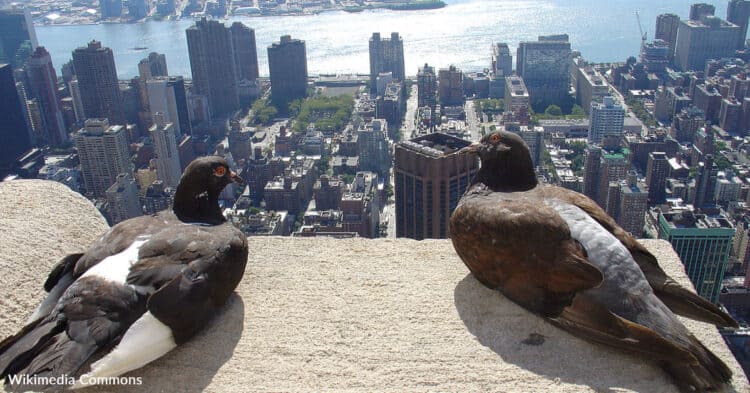
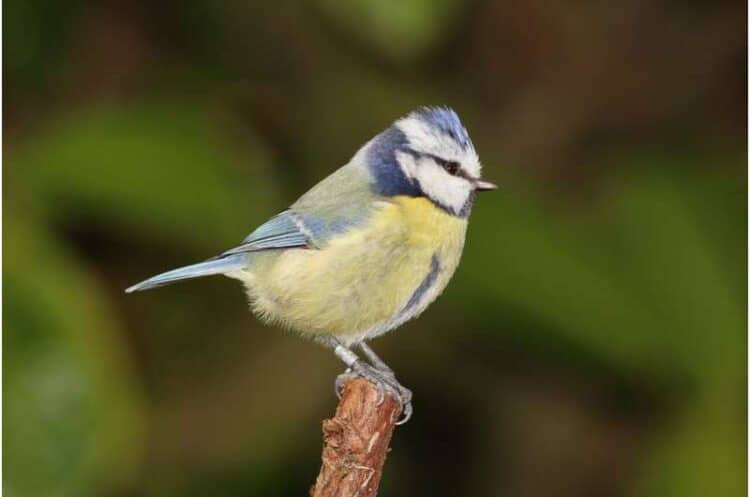
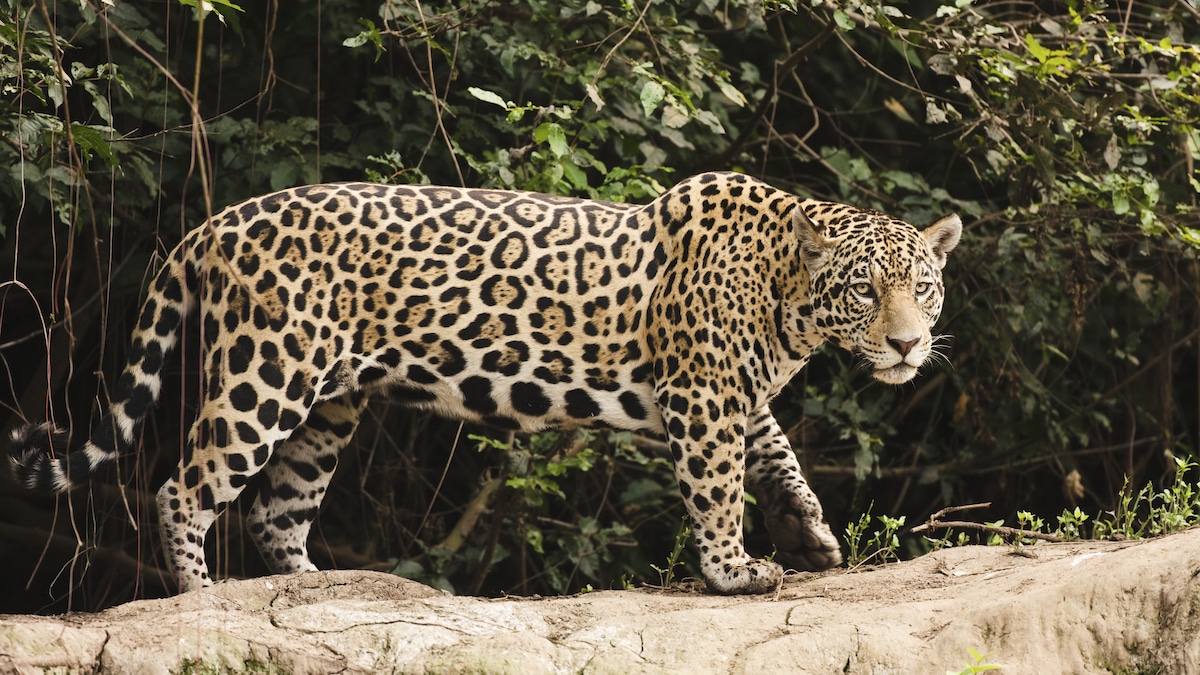
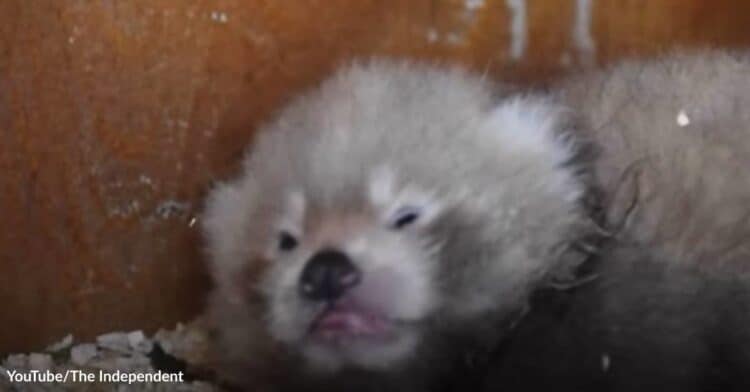
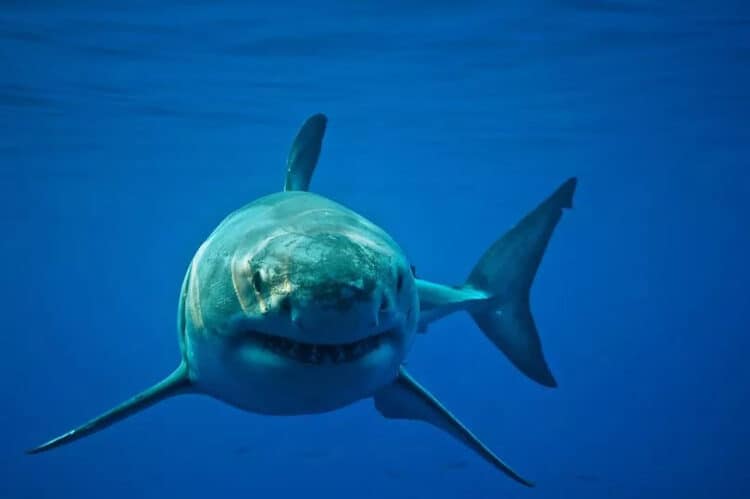
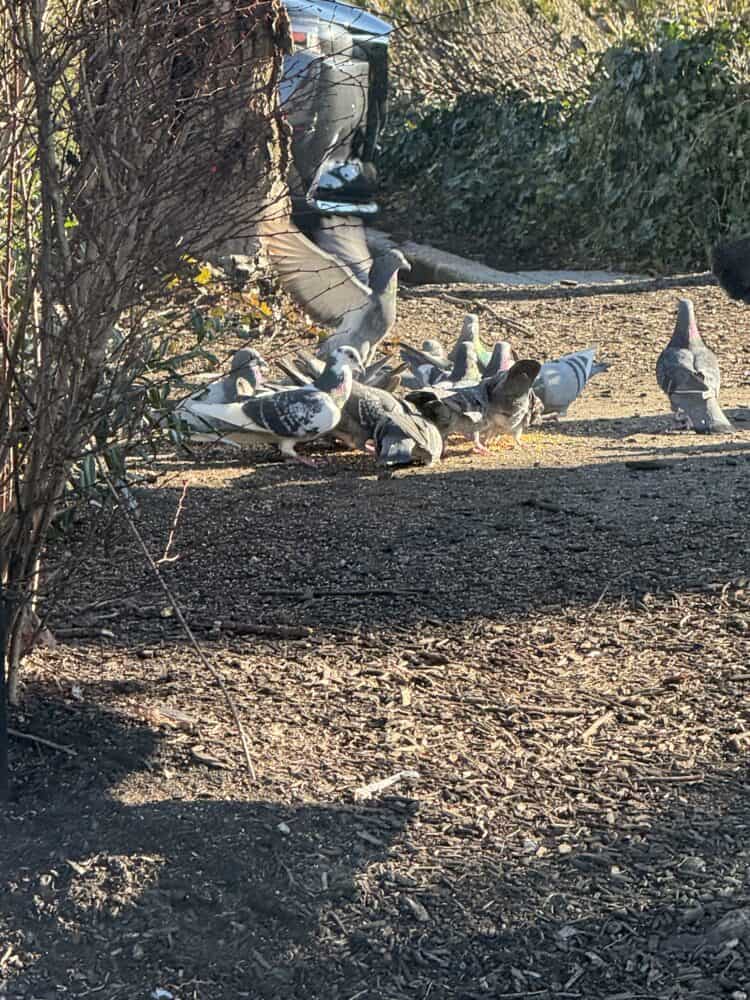
Leave a Reply